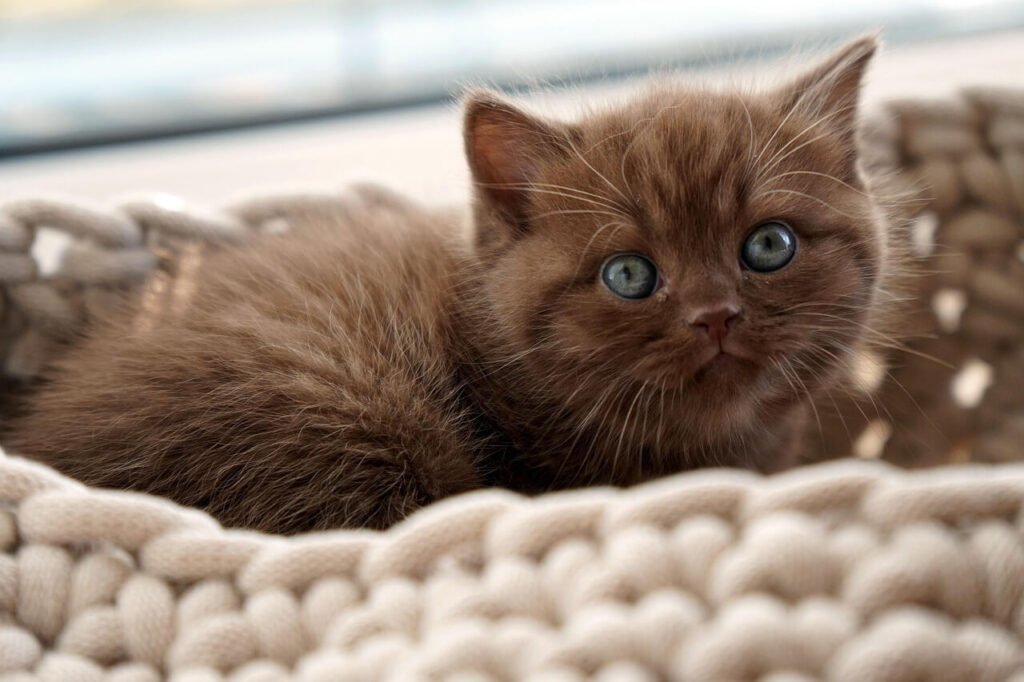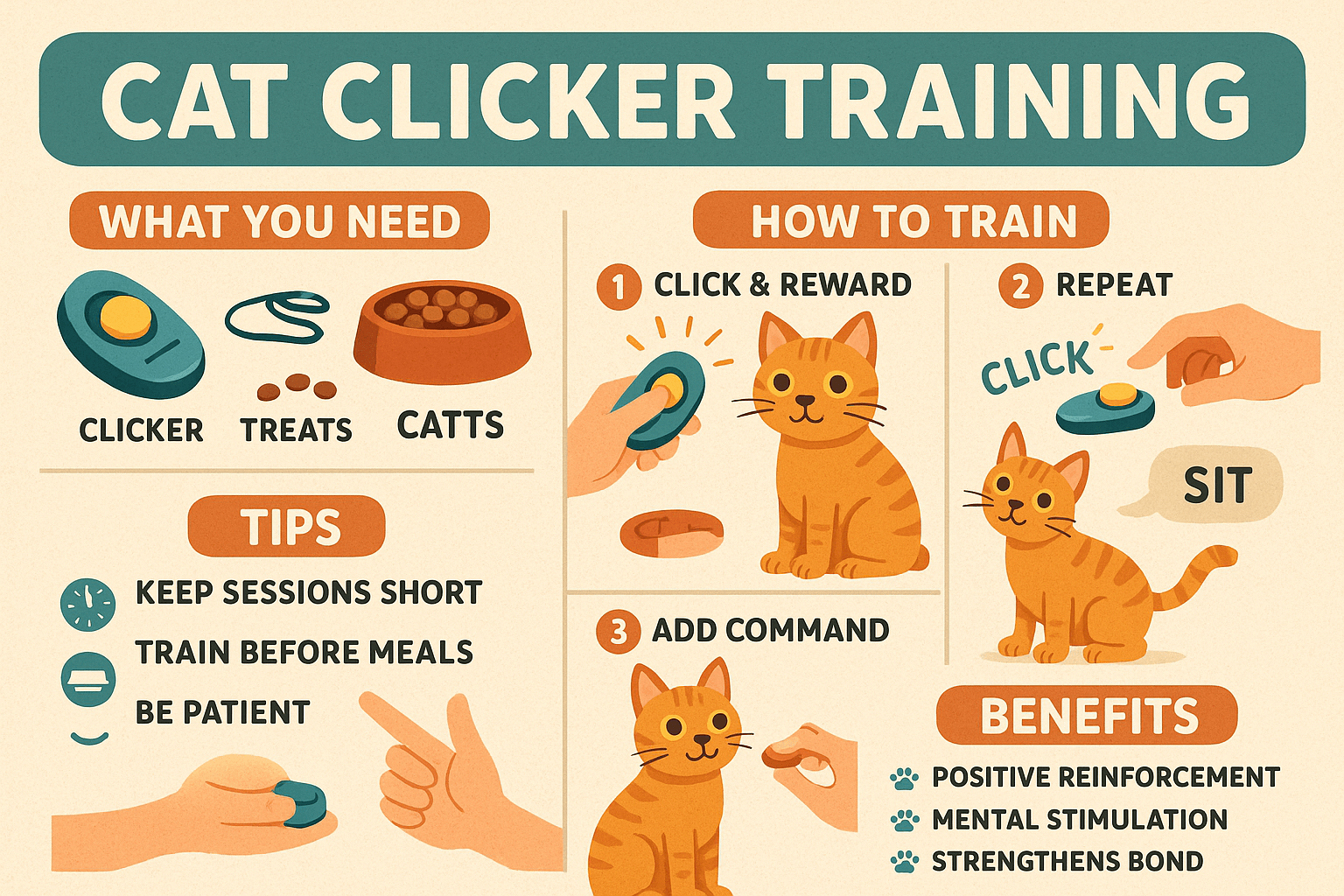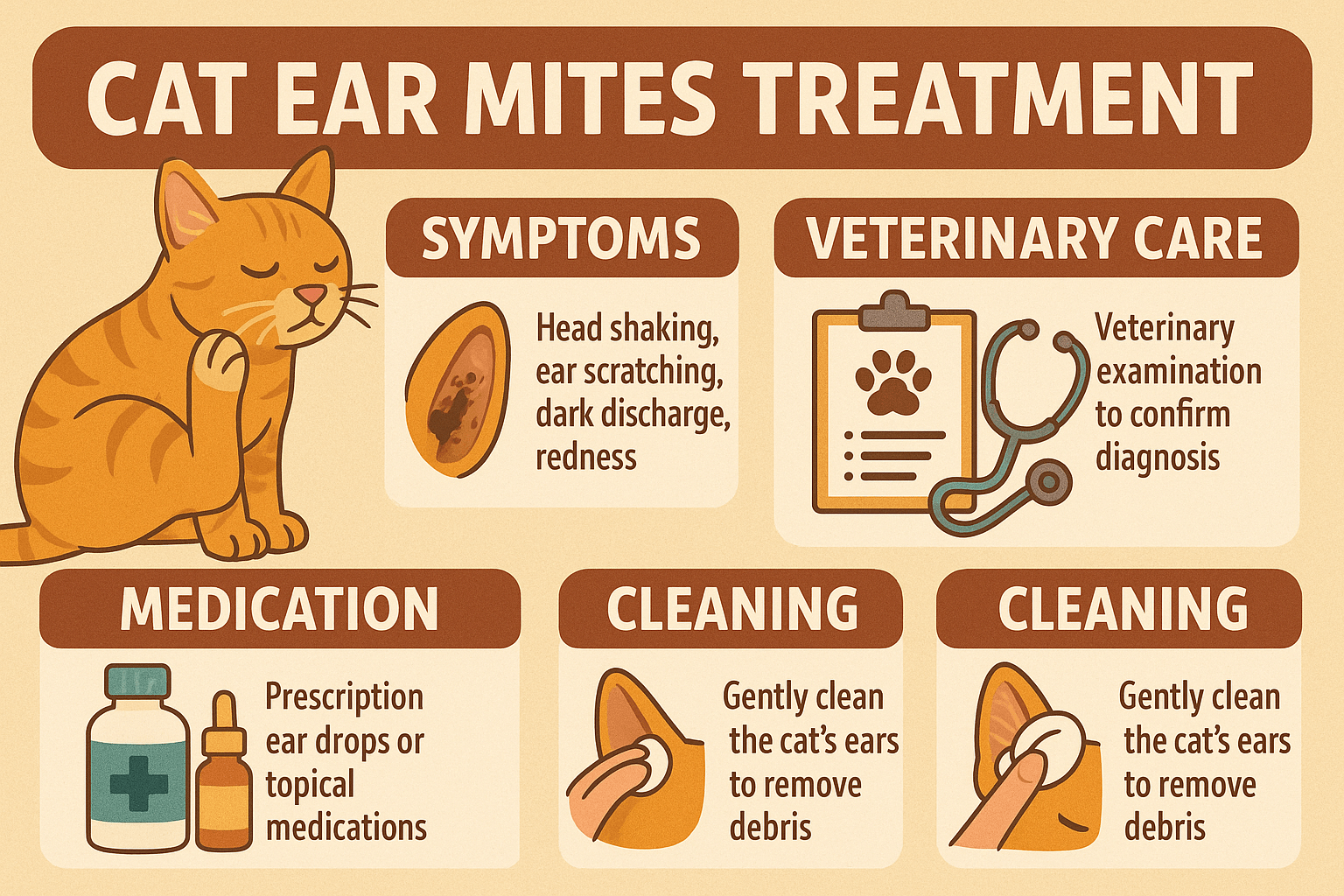The Curious Case of the Cat Belly Button
Have you ever wondered if cats have belly buttons? It’s a quirky question that might have crossed your mind while petting your feline friend or observing their adorable antics. Much like humans, cats do indeed have belly buttons, though they look quite different from ours. In this blog post, we’ll dive into the fascinating world of cat anatomy to uncover everything you need to know about the elusive cat belly button . From its purpose to how it looks, we’ll explore this tiny but intriguing part of your furry companion’s body. So, let’s get started!
What Exactly Is a Cat Belly Button?
The concept of a belly button in cats is rooted in their development before birth. Just like humans and other mammals, cats are connected to their mother via an umbilical cord during gestation. This cord provides essential nutrients and oxygen to the developing kitten. But what happens after birth?
Here’s a breakdown of key facts:
- The umbilical cord detaches shortly after birth, leaving behind a small scar.
- This scar becomes the cat’s belly button, which is usually located midline on their abdomen.
- Unlike human belly buttons, a cat’s version is not as pronounced and often blends seamlessly with their fur.
- You may need to part the fur gently to locate it, as it’s subtle and easily overlooked.
- Veterinarians sometimes use the area around the belly button as a reference point during examinations.
In summary, while a cat’s belly button might not be as obvious as ours, it plays a crucial role in their early life by marking where the umbilical cord once connected them to their mother.
Why Does a Cat’s Belly Button Matter?
While the belly button itself doesn’t serve any ongoing function once the umbilical cord detaches, understanding its significance can help you better care for your pet. Here’s why paying attention to this seemingly insignificant spot matters:
- Health Indicator: Any unusual swelling, redness, or discharge near the belly button could indicate an infection or hernia.
- Grooming Awareness: Cats groom themselves meticulously, but owners should occasionally check areas like the belly button to ensure cleanliness.
- Veterinary Checkups: During routine exams, vets might inspect the belly button region to rule out congenital issues or abnormalities.
- Post-Surgical Care: If your cat undergoes abdominal surgery, the belly button area might be relevant for monitoring healing progress.
- Bonding Opportunity: Gently examining your cat’s belly (including the belly button) can strengthen trust between you and your pet.
By staying informed about your cat’s belly button, you’re taking one more step toward ensuring their overall well-being.
Expert Insight: The Significance of Cat Belly Buttons
Dr. Emily Thompson, a renowned veterinarian specializing in feline health, explains:
“While often overlooked, a cat’s belly button can offer valuable clues about their early development and overall well-being. It’s a reminder of the intricate processes that occur during gestation and highlights the importance of routine checkups to ensure there are no underlying issues.”
Check this guide 👉 Normal Cat Nipples vs Pregnant Cat Nipples: Best 7 Tips!

Aspect | Details |
|---|---|
Location | Midline on the abdomen, typically hidden beneath fur |
Appearance | A faint scar-like mark; less prominent than human belly buttons |
Purpose After Birth | No active function; serves as a remnant of the umbilical connection |
Potential Issues | Watch for signs of infection, hernias, or abnormal growths |
Care Tips | Keep the area clean; consult a vet if you notice anything unusual |
How to Find Your Cat’s Belly Button
Locating your cat’s belly button can be a fun yet tricky task due to its subtlety. To make things easier, follow these steps:
- Start by gently stroking your cat’s belly to relax them.
- Look for a small, flat scar-like marking along the midline of their abdomen.
- Part the fur carefully to get a clearer view, especially if your cat has thick or long hair.
- Avoid pressing too hard, as cats are sensitive about their bellies.
- Use natural light or a soft lamp to illuminate the area for better visibility.
Remember, patience is key! Some cats may feel ticklish or defensive, so take your time and respect their boundaries. With practice, you’ll become adept at spotting this hidden gem.
Fun Facts About Cat Belly Buttons
Believe it or not, there’s more to a cat belly button than meets the eye. Here are some fascinating tidbits that highlight its uniqueness:
- Evolutionary Legacy: The presence of a belly button underscores cats’ classification as placental mammals.
- Species Variation: Different animals have varying types of belly buttons; for example, marsupials lack traditional ones.
- Camouflage Masterpiece: Thanks to their fur patterns, most people never even notice a cat’s belly button.
- Symbol of Connection: The belly button represents the vital bond between a mother cat and her kittens during pregnancy.
- Rare Abnormalities: In rare cases, cats can develop conditions like umbilical hernias, requiring veterinary intervention.
These fun facts remind us just how intricate and amazing the animal kingdom truly is.
The Role of Belly Buttons in Feline Anatomy
While the belly button itself might seem like a minor detail, it plays an important role in understanding feline anatomy. Let’s explore how this tiny mark fits into the bigger picture of your cat’s body:
- Developmental Milestone: The belly button marks the spot where life-sustaining nutrients were delivered during gestation.
- Healing Process: After birth, the umbilical cord heals naturally, leaving behind the subtle scar we call the belly button.
- Unique Identifier: Each cat’s belly button is slightly different, shaped by individual healing patterns.
- Evolutionary Insight: Studying belly buttons helps scientists understand shared traits among placental mammals.
- Connection to Health: A healthy belly button indicates proper prenatal development and postnatal healing.
In conclusion, the belly button serves as both a relic of early life and a gateway to understanding broader aspects of feline biology.
Common Misconceptions About Cat Belly Buttons
There are several myths and misconceptions surrounding cat belly buttons that deserve clarification. Dispelling these misunderstandings can help you better appreciate this fascinating feature:
- Myth: Cats don’t have belly buttons.
Fact: All cats have belly buttons, though they’re less noticeable than those of humans. - Myth: Belly buttons are dangerous spots.
Fact: They pose no inherent risk unless complications like infections arise. - Myth: You can feel a cat’s belly button easily.
Fact: Most belly buttons are flat scars hidden beneath fur, making them hard to detect by touch alone. - Myth: Belly buttons affect a cat’s behavior.
Fact: These scars have no impact on temperament or daily activities. - Myth: Belly buttons grow larger with age.
Fact: Their size remains constant throughout a cat’s life unless medical issues occur.
By addressing these misconceptions, we gain a clearer perspective on what cat belly buttons truly represent.
Tips for Maintaining Your Cat’s Belly Button Health
Even though a cat’s belly button doesn’t require much maintenance, keeping it clean and monitored contributes to their overall health. Here are some practical tips to ensure everything stays in tip-top shape:
- Regular Inspections: Occasionally check the area for signs of irritation, such as redness or swelling.
- Gentle Cleaning: If dirt accumulates, use a damp cloth to gently wipe the region—never scrub!
- Avoid Overhandling: Cats can be sensitive about their bellies, so handle the area sparingly.
- Monitor Post-Surgery: Keep an eye on the belly button area if your cat undergoes abdominal surgery.
- Consult Your Vet: Seek professional advice if you notice anything unusual, like discharge or lumps.
Taking these simple steps ensures your cat’s belly button remains healthy and free from complications.
Frequently Asked Questions About Cat Belly Buttons
Do all cats have belly buttons?
Yes, every cat has a belly button because they are born with an umbilical cord.
Can I see my cat’s belly button clearly?
Not always. Most cats’ belly buttons are discreet and blend into their fur.
Is it safe to touch my cat’s belly button?
Yes, but do so gently, as cats are often protective of their bellies.
Should I worry if my cat’s belly button looks swollen?
Swelling could indicate an issue like a hernia or infection, so contact your vet immediately.
Do kittens lose their belly buttons as they grow?
No, the belly button remains throughout their lives, though it may become harder to spot over time.
A Tiny Mark with Big Significance
Though it may seem insignificant at first glance, the cat belly button holds a wealth of meaning and intrigue. From its role in fetal development to its potential as a health indicator, this small scar tells a story of life and connection. By learning more about your cat’s anatomy, you deepen your bond with them and gain valuable knowledge to ensure their happiness and well-being. Next time you cuddle your feline friend, take a moment to appreciate the marvels of nature—even in something as humble as a belly button.
Understanding Jaundice in Cats: Causes, Symptoms, and Treatment Jaundice, also known as icterus, is a condition that causes a yellowing of …
Cat Clicker Training: Best 7 Expert Tips! Discover how to train your cat using clicker techniques, improve behavior, and strengthen your bond with simple, effective strategies.
Lorem ipsum dolor sit amet, consectetur adipiscing elit. Ut elit tellus, luctus nec ullamcorper mattis, pulvinar dapibus leo.
Cat Ear Mites Treatment: Best 7 Expert Tips! Discover effective solutions to treat and prevent ear mites in cats, ensuring your pet's comfort and health with expert advice.



